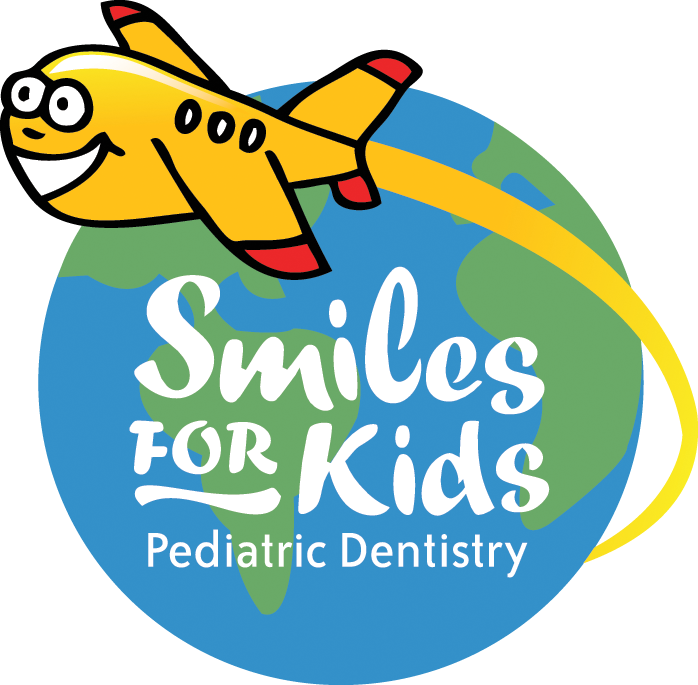ORAL DEVELOPMENT - A lot of changes happen in a child’s mouth from when they are born until they get their full set of baby teeth. At Smiles for Kids, we want to explain what to expect. We will talk about timing of new teeth coming in, what to expect when they are coming in, and how many of them are left to come in. Dr. Lindhorst or Dr. Jadav will show you if they note any concerns with their mouth and what that means for your child. By starting early, we can let you know if we see any early signs of decay. Many times, when we see very early changes, we can suggest changes that can prevent having to do treatment on these teeth. Aside from his or her teeth, we will be checking the tongue, cheeks, jaws, and tonsils. We want to make sure every aspect of your child’s mouth, bite, and jaws look healthy!
ORAL HYGIENE - Parents often ask when to start brushing and how to brush their little ones. We will review when to start, how to position them, and toothpaste use. At our office, we rate oral hygiene on a scale from 1-5 with 5 being the best. That way, you can see how you’re doing in terms of hygiene at each and every visit.
DIET – Diet plays a major component in cavity formation. For babies, we’ll review bottle use. For toddlers, we talk about gummy snacks, sippy cups, and juices. For older kids, we’ll review the types of foods (ooey, gooey, sticky) to try to avoid. Sippy cups, juices, and candy are just a few of the topics we’ll cover.
HABITS - We will talk about habits that your little one may have like thumb sucking, a pacifier, or nail biting. Although a lot of these habits are age appropriate, we will review what long term changes that they can cause in terms of his or her bite if the habit continues.
TRAUMA - We will review what to do if and when your child ever has any trauma. It’s very common and we want parents to know what to look for, when to call us, or when to come see us in the office.
Most of all, we want you and your child to be very comfortable here. The more the child visits, the more likely that they will realize that coming to the dentist is fun! We can’t wait to meet your little one!
Dr. Jadav
Smiles for Kids Pediatric Dentistry



























